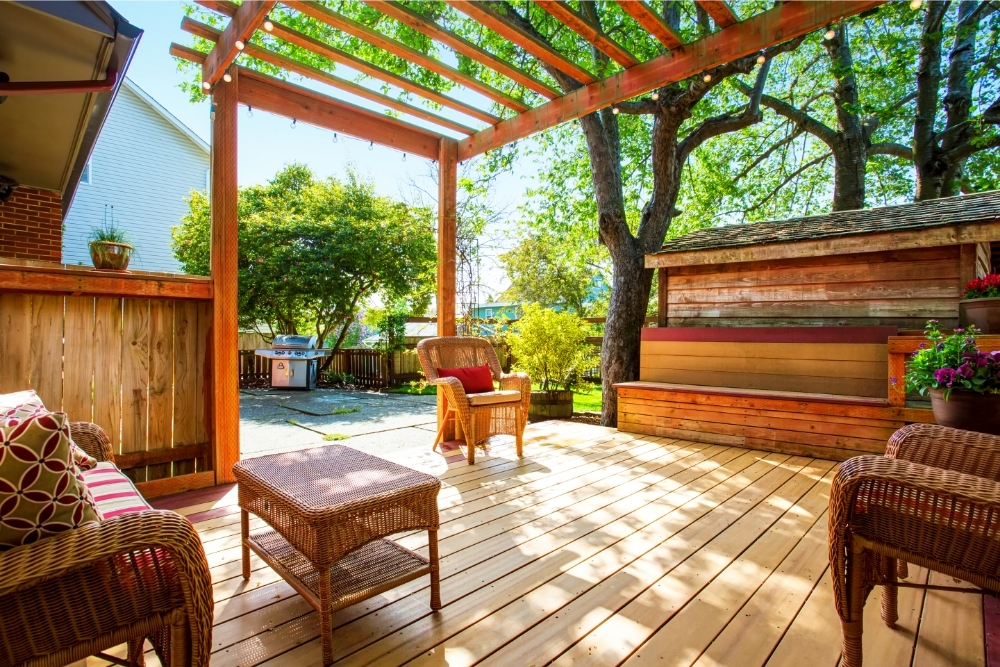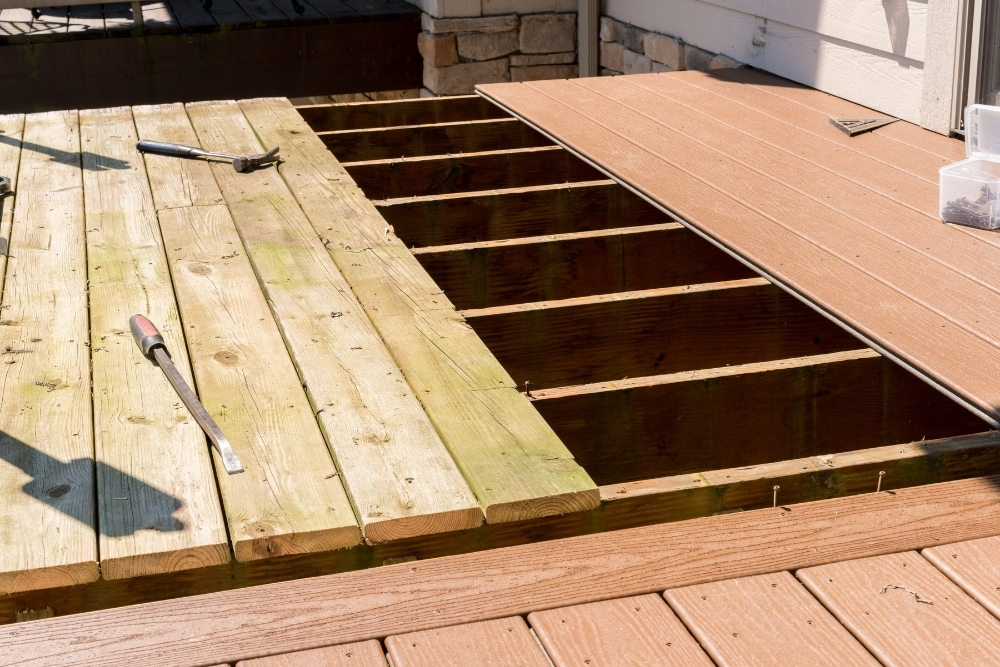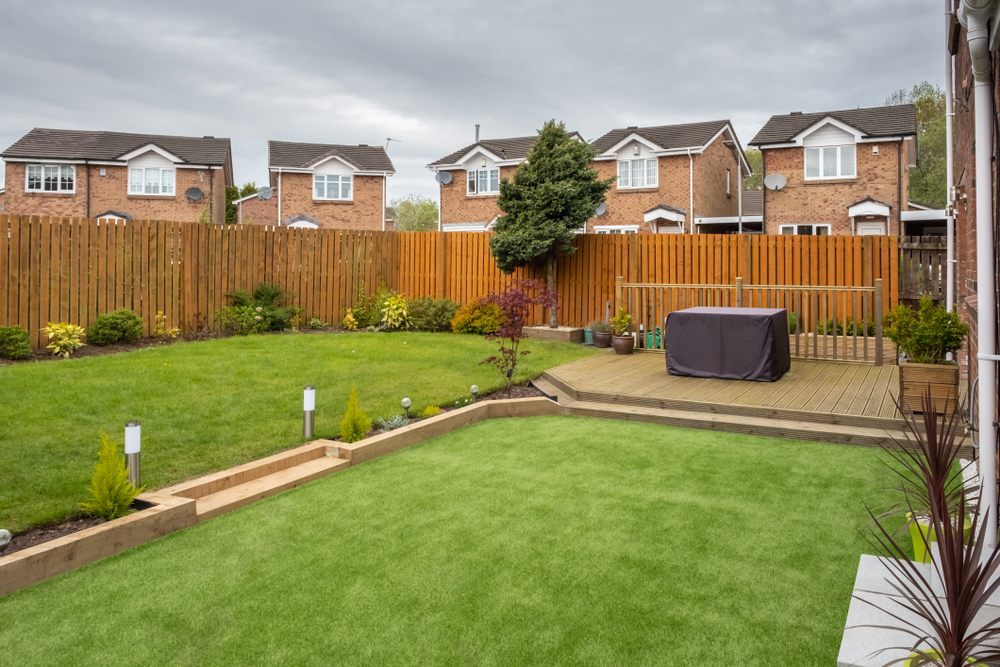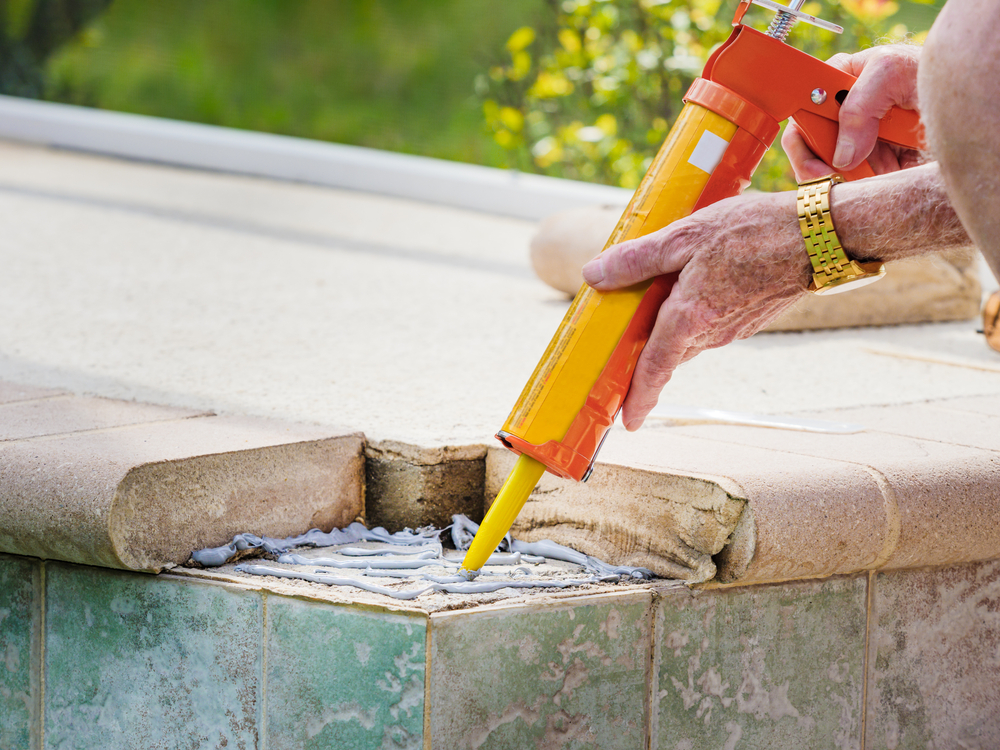Lattice panels are used by many owners to cover their under deck area and there are many reasons for this. For instance, lattice is typically the most budget-friendly option, it’s easy to install for those who are not DIY-savvy, and lattice will not seal your under deck area completely, allowing air to circulate sufficiently. So there are many pros to it, but there are also some cons; it’s not visually appealing, for example. So what are some alternatives to using lattice? And what do you need to consider when opting for one of these alternative materials?
Effective alternatives to lattice include using wood, composite deck skirting, bricks, vinyl, plants, and gravel or stone. All alternatives come with pros and cons, but the biggest being the matter of ensuring the deck can be properly ventilated to avoid moisture and mold build-up.
So if you’re reading this, you are likely on the lookout for an alternative option to lattice that is going to emulate your style more effectively. We have provided you with several alternatives that can be used instead of lattice under a deck. You are bound to find one that enhances the beauty of your property whilst remaining practical.
What Can I Use Instead Of Lattice Under A Deck
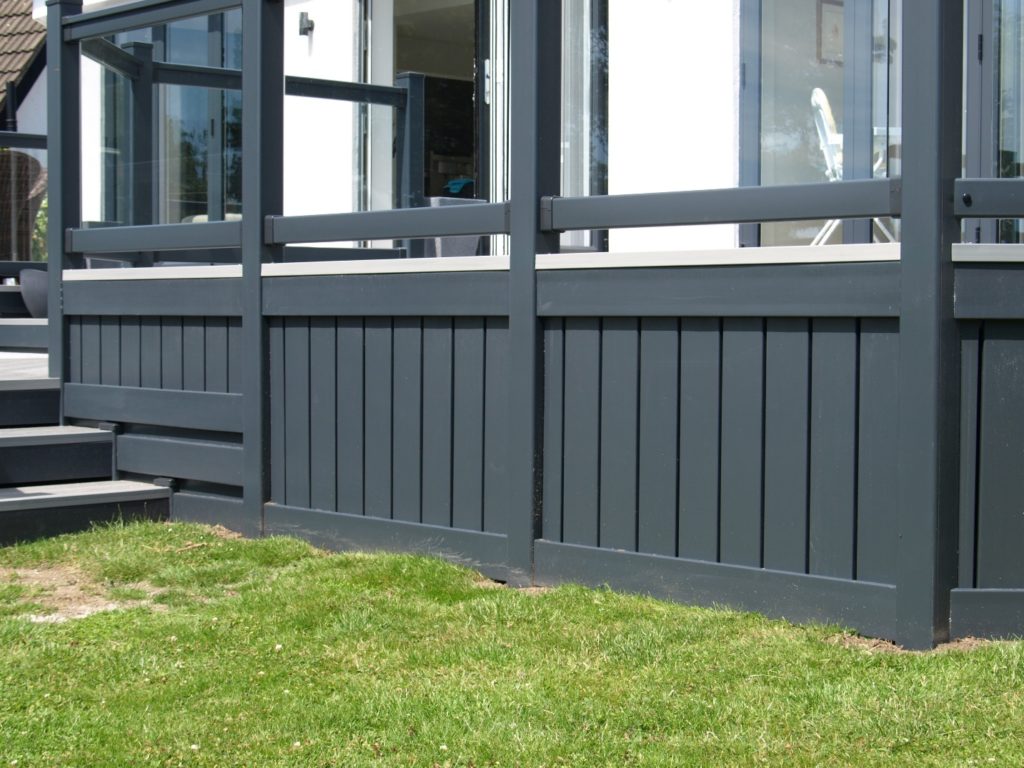
Wood
There is a selection of solid materials that can be used to cover the area beneath your decking and would provide an excellent option. Options like wood slats or this expandable wood paneling from LandGarden (on Amazon) can add a modern feel to your decking and it can easily be painted to match your house and the rest of your decking.
The price of this option can differ depending on the type of wood that is used and the amount that is required. Ideally, you should opt for wood that has been treated to prevent it from rotting as this is going to enhance its longevity. The option given above is actually intended for gardening, but for someone willing to make it work, it can be adapted to deck skirting service as well.
Furthermore, once installed, you will need to make sure that there is an adequate amount of ventilation as this will stop mold from accumulating.
Composite Deck Skirting
Composite deck skirting is a viable option for those who want their decking to emulate a clean and finished look without compromising on practicality. Typically, this material is made from a combination of wood and plastic elements.
Composite is considered to be more durable than other materials, however, you may find it difficult to find the color that matches the color of your house and decking.
Bricks
Some people may prefer to brick the area underneath their decking. A benefit of opting for bricks is that they are available in an assortment of colors and sizes which allows you to customize the look of your deck skirting and choose according to the style of bricks that have been used to construct your home.
You will likely find that bricks are quite expensive and because of this, it may not be ideal for those who are on a budget. When choosing bricks, you will need to ensure that they allow for proper ventilation. A full-on brick wall is probably overkill, but some bricks, maybe staggered so that air flow isn’t truly prevented, is a good option (especially if you have some bricks laying around!)
Vinyl
Although vinyl may not stand out as one of the most obvious options it remains an option that is worth considering. Whilst some people may find this material a little difficult to work with when correctly fitted it will look sleek and sophisticated.
Again, it is worth noting that vinyl can be quite expensive, though the total cost will depend on the quantity that you require. Another notable downside is that it can be difficult to implement the necessary installation when skirting your decking with vinyl.
You may find that you have to implement a separate ventilation system.
Plants
Plants and shrubs provide an easy DIY alternative which is an ideal option for those who want to keep the area beneath their decking open rather than completely concealed.
A great thing about this option is that it can look a lot more natural and will likely be appreciated by those who are avid gardeners. Opting for plants is also a simple option and besides watering and trimming them they will not require a significant amount of maintenance.
It is worth noting that plants and shrubs are going to attract critters which may deter some people. And if your goal is to actually secure the area under the deck and keep animals out, plants probably aren’t the final answer.
Gravel or Stones
You do not need to completely cover the area beneath your decking. Should you decide to keep it open, you may opt for gravel or stones. Generally, gravel and stones are available in an array of colors and they are effective in completely covering the desired surface.
Aside from the availability of colors, there are a few other benefits associated with both of these materials. Faux stones in particular provide an affordable option because they are not made from pieces of real rock.
Even actual decorative stones may be an option to accent certain areas, with options like Polished Colored Stone Pebbles (on Amazon) and Grey Premium Large Mexican Beach Pebbles (also on Amazon) offering an opportunity to add contrast to neighboring patches of stone. there’s plenty of room to get creative!
Furthermore, both gravel and stones are easy to use as you simply need to scatter them onto the area that needs to be covered.
To ensure that the gravel or stones look natural incorporate them slightly into the area surrounding the decking as this will smoothen the transition making it look less harsh.
What to consider when selecting an alternative material for under your deck
There are a few things that you will need to consider before selecting an alternative material that you are going to use to skirt underneath your decking. Ventilation is paramount because this will prevent water and moisture from gathering.
Ultimately, this is going to enhance the lifespan of the material. You must also make sure that there is effective drainage that will allow the water to escape. Not only will a collection of water lead to the growth of mold but it will attract mosquitoes too.
Rather than wasting this free space, some people may choose to use this area for storage. If this is the case, ideally, you should incorporate a door into the skirting so that you can access it with ease. Another important factor to consider is the cost.
As we have mentioned on multiple occasions, some materials will cost a lot more than others and because of this, you will need to calculate your budget and the amount that you are willing to spend on the material.
The cost is going to be influenced by the amount of material that you need and it will also be an indicator of the quality of the material.



